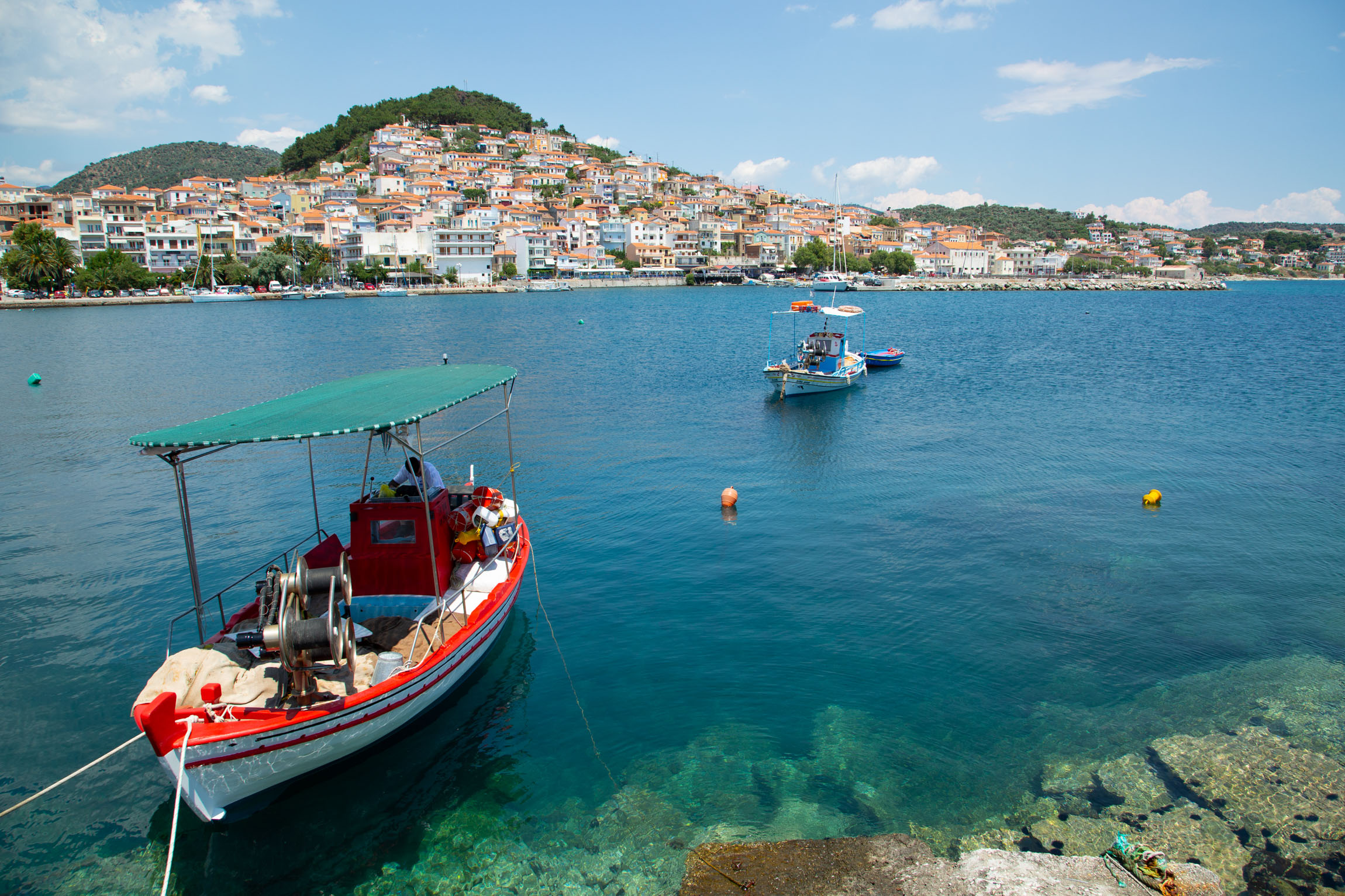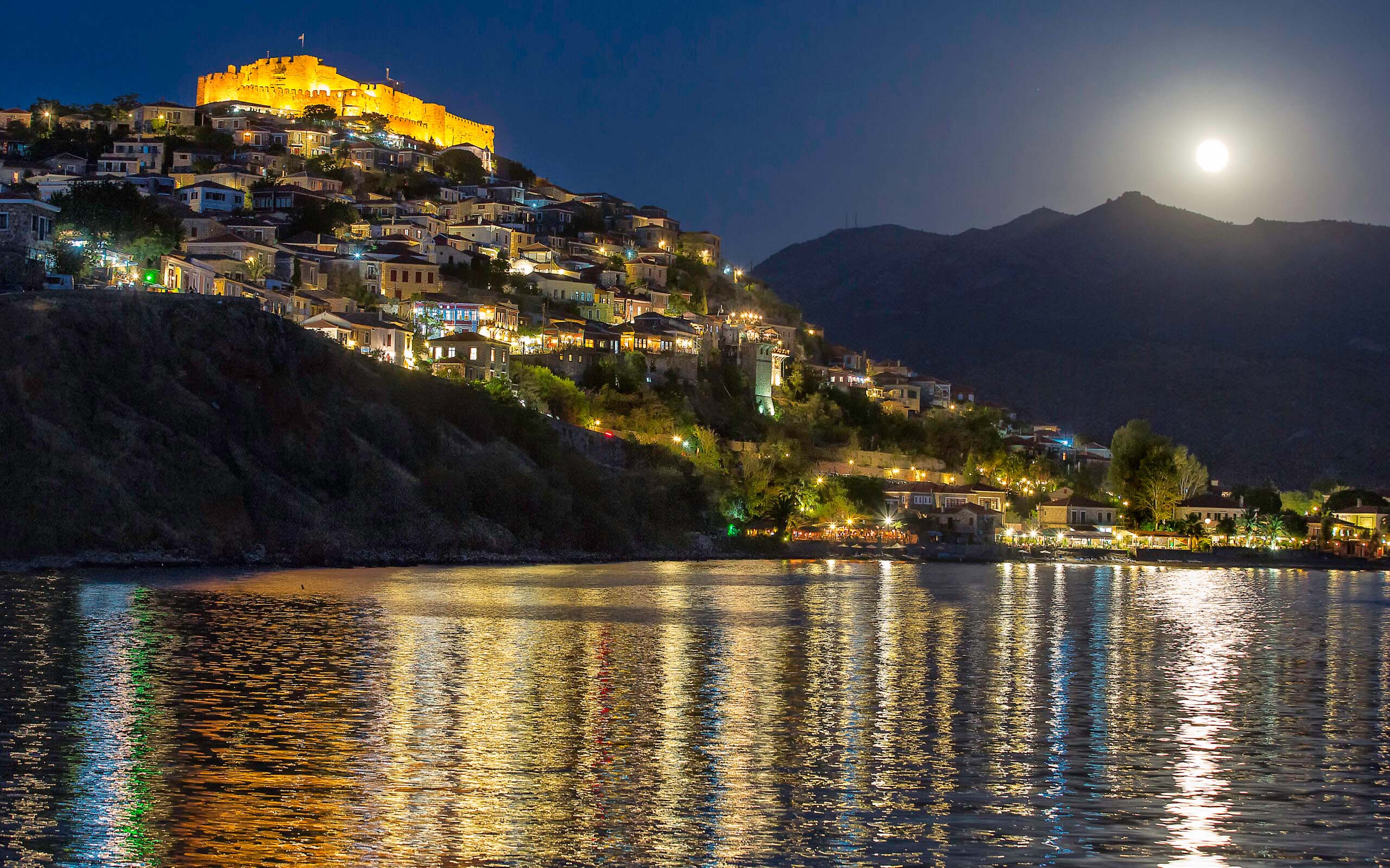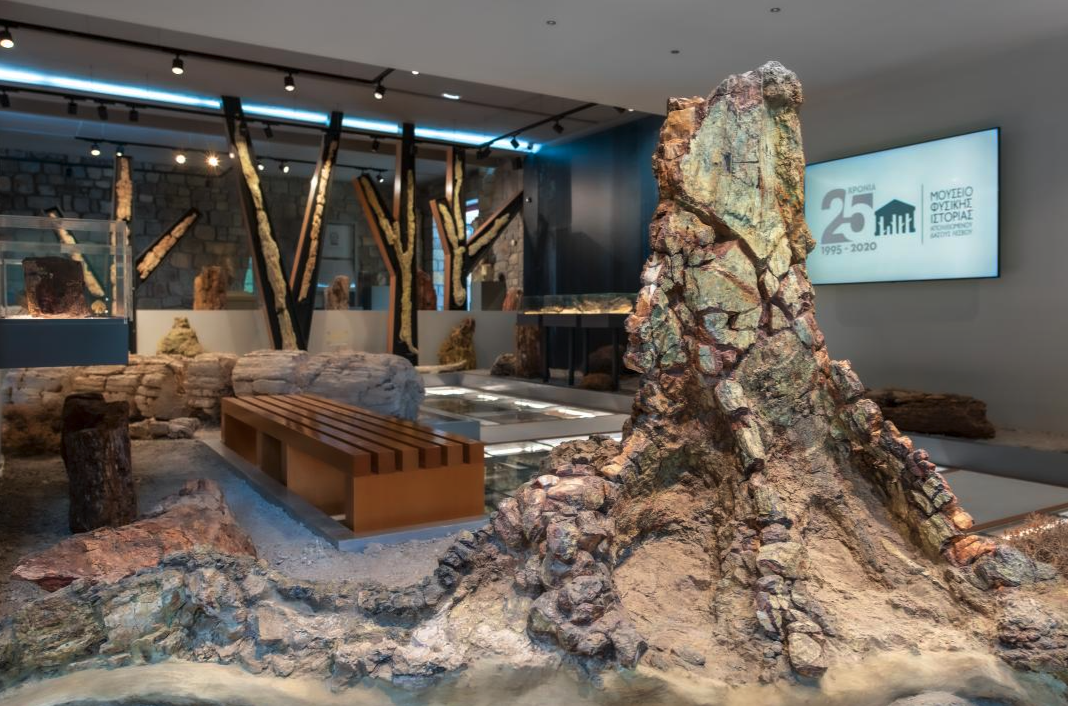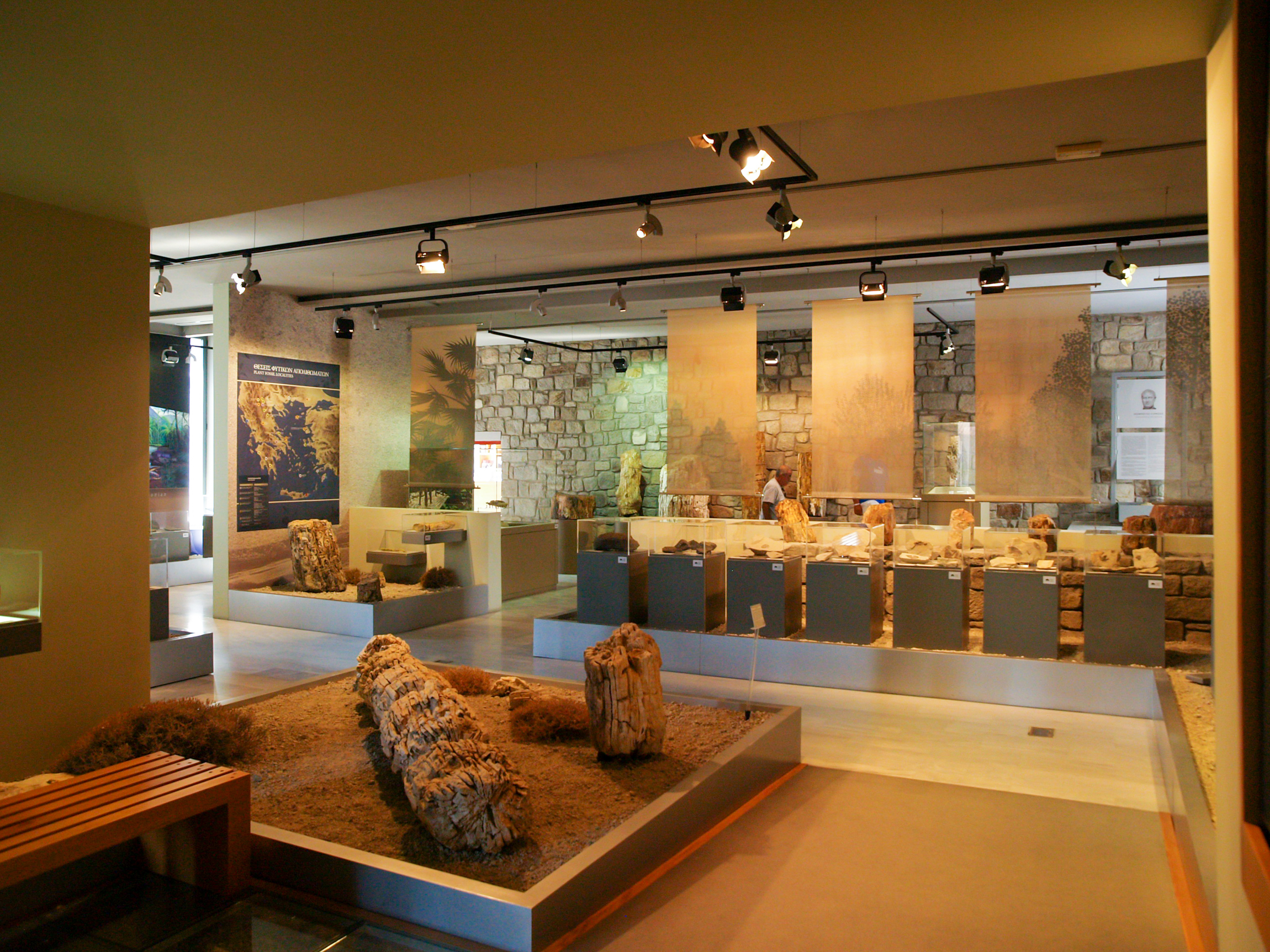Welcome to



There's a reason we've been coming here for 20 years
Sitting in the sparkling turquoise Aegean Sea, Lesvos is a warm and sunny emerald gem of Greece. It is a whole continent in miniature: spectacular beaches, high mountains and wild forests on Greece's third largest island.
Due to the island's size and variety, there's something for everyone: beach holidays, activity holidays, gastronomic tours, nature attractions and spectacular geography.
Here at Real Lesvos we aim to gradually make the wonder and attractions of Lesvos more easily available to the UK traveller. In the map below you'll find an ever-increasing list of our favourite things to do and see on Lesvos!


Lesvos has many natural wonders. One of these is a unique abundance of petrified trees, fossils of the prehistoric forests found here 20 million years ago. In some areas, these unique fossils have been exposed by natural erosion. In other areas, they have been carefully excavated to expose 20-metre fossilised trees.
In the museum, some of the best fossil examples have been collected and exhibited, along with some educational exhibits on ancient geology. You can also walk around the nearby designated geopark area with the fossilised trees signposted.
Fossils aren’t everyone’s cup of tea, however, we believe these are worth visiting – it’s a unique place. The museum and park are in and around Sigri, a pretty traditional fishing village. So, even if fossils don’t float your boat, you can always spend the day in the pretty winding streets, traditional cafes and bars of Sigri. There is also a quiet, shallow sandy beach. The village has a chilled-out, slightly bohemian vibe that marries well with the traditional Greek architecture and natural setting.
See the link below for more information on the opening hours of both the museum and park.
The largest petrified forest on Earth, the petrified forest of Lesvos is a UNESCO world heritage site. The remains of the forest, consisting of hundreds of fossilised trees, can mostly be found on a site of over 15,000 hectares near Sigri town although fossilised plants or silicified remnants of this 20-15 million year old forest have been found all over the western part of the island.
The Petrified (or Fossilised) Forest is a capsule of the woods that flourished in the Aegean and was initially formed during the Late Oligocene to Lower–Middle Miocene period (c. 18.5 million years ago), due to intense volcanic activity in the region. Because Lesvos is sub-tropical, it supported (and continues to support) a wide range of vegetation, conifers and fruit-bearing trees. When the forest flourished, the Aegean was a single volcanic landmass located on the point where the African and Eurasian tectonic plates met.
Volcanic rocks from the Neogene period (c. 5 million years ago) dominated the central and western part of the island, consisting of andesites, dacites and rhyolites, ignimbrite, pyroclastics, tuffs, and volcanic ash. The products of this volcanic activity, like lava, settled and covered the local vegetation. It was then that the fossilisation process set in due to a cocktail of favourable conditions at the time. Today, archaeologists have been able to unearth branches and twigs, roots and leaves as well as the imprints of animals. The tree trunks are sufficiently well preserved that the growth rings can be examined, providing scientists with invaluable information about the climate and conditions at the time. The remains include the highest fossilised tree in the world, standing at 7.02 metres with a circumference of 8.58 metres!
The first references to the fossils in Lesvos can be found in the works of Theophrastus of Eressos. He was born on the island around 371 BC and is considered the founder of many branches of science including botany, ecology and mineralogy.
The Petrified Forest continues to fascinate archaeologists and scientists today; new fossils are being discovered all the time! Road works between Kalloni and Sigri have led to the unearthing of many more tree trunks. Archaeologists excavating a site near Thermi in the east of the island, recently uncovered 500 specimens which provide important evidence for the existence and evolution of various animal and plant species that existed on the island 2 million years ago, making Lesvos a sort of Jurassic Park!
Discover more great places to visit and things to do in Lesvos.

